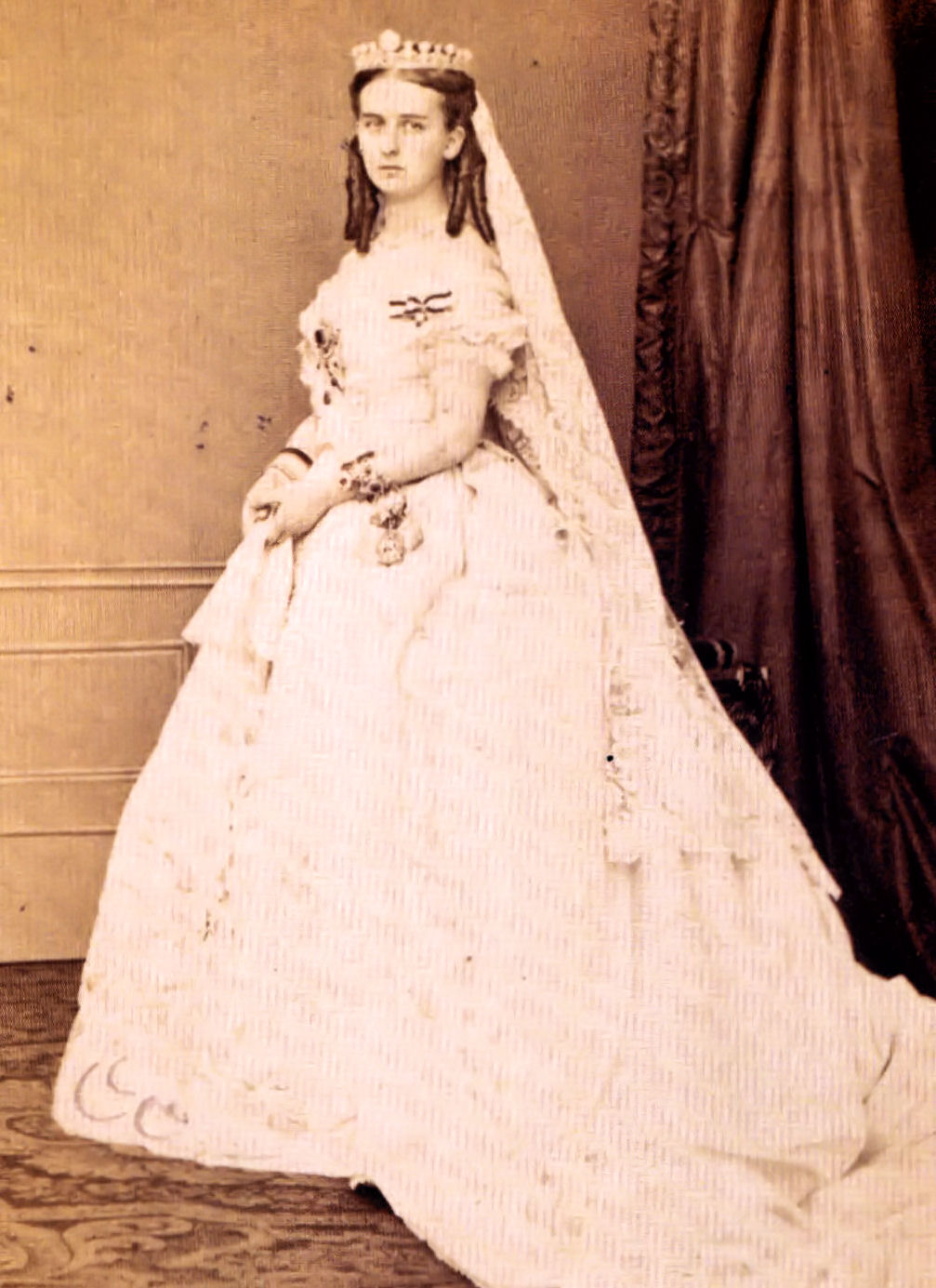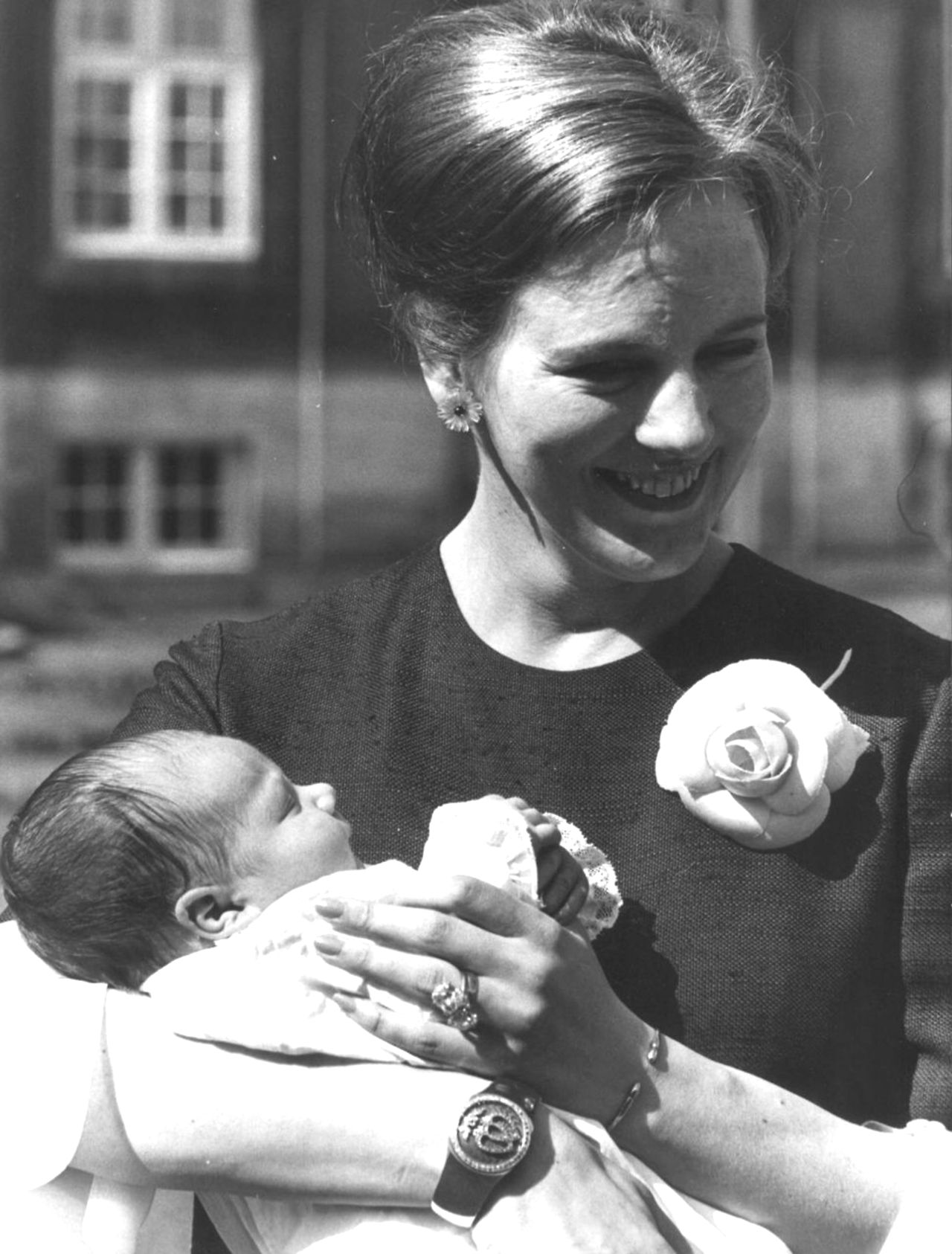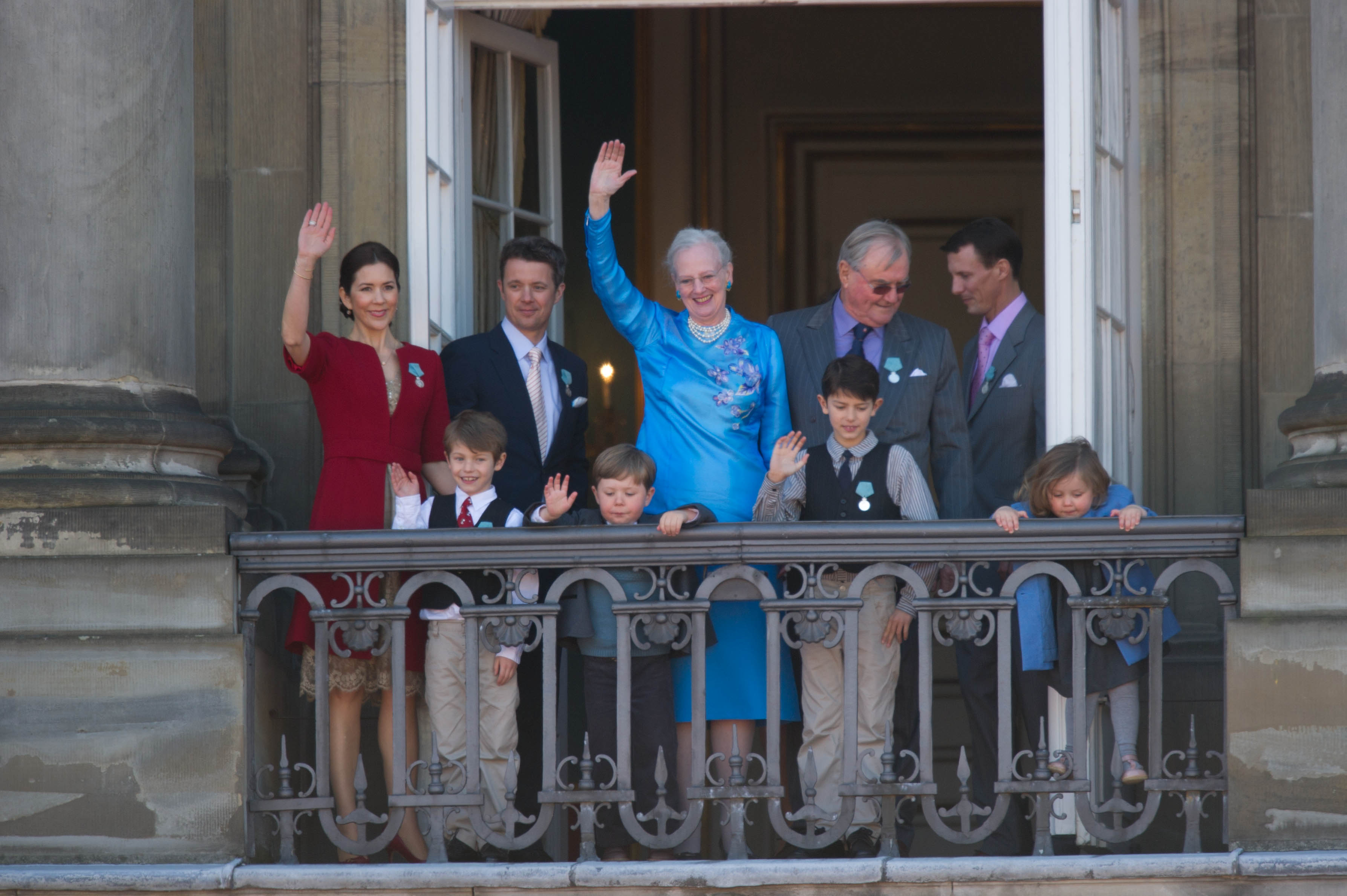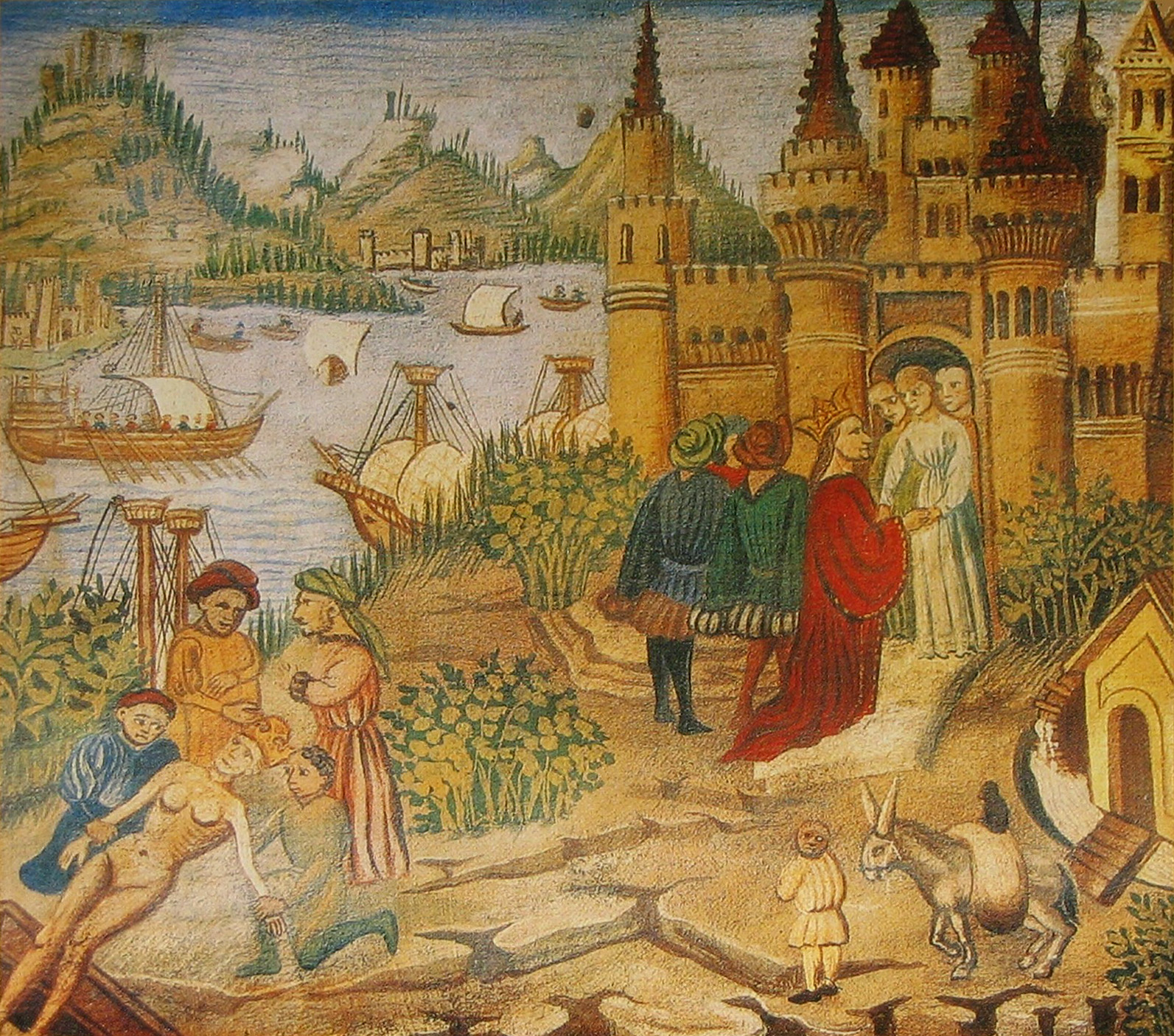Today, as we very eagerly await the second-born child of The Duke and Duchess of Cambridge, we are also celebrating the eighth birthday of Infanta Sofia, the second-born child of The King and Queen of Spain. In honor of these two second-borns, I thought we should take a look at the second-born children of this royal generation.
Belgium
Nearly 12 years old, Prince Gabriel is the second child of the still-new King of the Belgians and his aristocratic Belgian wife Queen Mathilde. In addition to older sister Elisabeth The Duchess of Brabant, Gabriel has a younger brother and a younger sister. Under previous accession rules, his gender would have made him heir over Elisabeth, but the times they are a-changin'. His position still grants him privileges, however. After all, not every child gets to meet their national sports heroes like Gabriel does when Dad takes him along. Like most Belgians, Gabriel speaks Dutch and French, and may also speak German.
Denmark
Probably one of the favorite young princesses of royal watchers is the second child of Crown Prince Frederik of Denmark and his Australian wife Crown Princess Mary. While big brother and future king, Prince Christian received a VERY traditional Danish royal name, Princess Isabella's name had not been used by the Danish royals in centuries. Her younger siblings, twins Prince Vincent and Princess Josephine, received even more unusual names. She was the first royal lady born in Denmark in over 60 years. Just a few days older than Infanta Sofia, she turned eight last week, but she probably holds the record for youngest royal to go on royal tour: she accompanied her parents to New York at five months. Since then she has traveled overseas many times, capturing the hearts of photographers with her playful, mischievous spirit.
Less than two years into his reign, King Willem Alexander is supported by a bevy of blonde beauties; his Argentine-born wife Queen Maxima and three lovely daughters, who last week, for the first-time ever were not dressed in matching outfits as they celebrated a national event. The second of these daughters is a lovely little princess who is named Alexia in honor of her daddy. She will be 10 this summer and already speaks three languages: her father's Dutch, her mother's Spanish, and English (because what princess doesn't?) She is both sporty and artistic, playing hockey and piano. Like many girls her age, she likes horses and she also likes to sing. Nevertheless, she will always be one step behind her big sister, the heir to the throne, Catharina Amalia The Princess of Orange.
Norway
Nine-year-old Prince Sverre Magnus is the second child of Crown Prince Haakon of Norway, who was also a second-born child with an older sister. When Haakon was born, succession laws still called for male preference giving him inheritance over his sister, but they have been changed for Haakon's descendants. Sverre Magnus also has an older half-brother Marius Hoiby, the first child of their Norwegian mother--so Sverre is actually her third-born child. The family's rules about styles also gives preference to big sister Princess Ingrid, who is a Royal Highness, while Sverre is merely a Highness--Marius is just Master Hoiby. Like most Norwegians, Sverre enjoys many outdoor activities with his family.
Spain
Birthday girl Infanta Sofia, is the second child and second daughter of the recently enthroned King Felipe VI and his Spanish wife Queen Letizia. Like the currently awaited British princeling, she was a little overdue. In her case, a caesarean was performed. The Spanish infantas (a title denoting a daughter of the monarch in a country where there exists nonroyal princely titles) are not seen in public as often as their counterparts in other countries. They were both present on their dad's accession day, and it is easiest to catch sight of them on the Palma de Mallorca, where they spend the Easter holiday and the sailing-mad Spanish royals gather for sailing on the Mediterranean.
Sweden
In Sweden, so far only one royal child has been born in this generation. Princess Estelle of Ostergotland is three years old but is an old-hand now at major international sporting events and official occasions. At her christening, she was presented with her own tiny sash as a member of the Royal Order of the Seraphim. She has accompanied her mum Crown Princess Victoria on official visits, even accepting flowers from well-wishers in the crowd when she was barely able to toddle. However, her younger cousin, 15-month-old Princess Leonore, who was born in New York City, has beaten her to one honor. Leonore has already had her first audience with The Pope, accompanied by granny Queen Silvia and her parents Princess Madeleine and Christopher O'Neill, the only Catholic in the group (except for the Pope, of course.) Leonore is expecting a younger sibling this summer, but so far, Estelle remains an only child. No worries, though, as she, her mom and her Swedish dad Prince Daniel make and awesome threesome. [9/22/15 UPDATE: Leonore's brother Prince Nicolas was born earlier this year and Crown Princess Victoria is expecting a second child in 2016.] [5/5/18 UPDATE Princess Madeleine recently delivered her third child, Princess Adrienne. Victoria and Madeleine's brother Prince Carl Philip now has two little princes of his own, Prince Alexander and Prince Gabriel.]
BONUS UPDATE APRIL 2017
Here are some photos of the second-born royal children in the direct royal lines who have arrived since this post was first published in 2015. These include Princess Charlotte of Cambridge (b. 2015) and Prince Oscar of Sweden (b. 2016). I've also added the second-born children of the collateral royal lines: The Belgian king's niece Princess Maria Laura (b. 1988) and his twin nephews Prince Nicolas and Prince Aymeric (b. 2005); the Danish queen's grandson Prince Felix; the Dutch king's niece Countess Zaria (b. 2006) and Count Claus-Casimir (b. 2004); the Norwegian king's granddaughter Leah; the Spanish king's niece Dona Victoria Federica (b. 2000) and nephew Don Juan Valentin (b. 1999); and the Swedish king's grandson Prince Nicolas (b. 2015); and the British Queen's grandchildren Princess Eugenie (b.1990) and James Viscount Severn (b. 2007), her great-granddaughter Isla (b. 2012), and, just for fun, her great-niece Lady Margarita (b. 2002) Also, the second child of Prince Carl Philip and Princess Sofia of Sweden is expected later this year.



.jpg)





.jpg)


